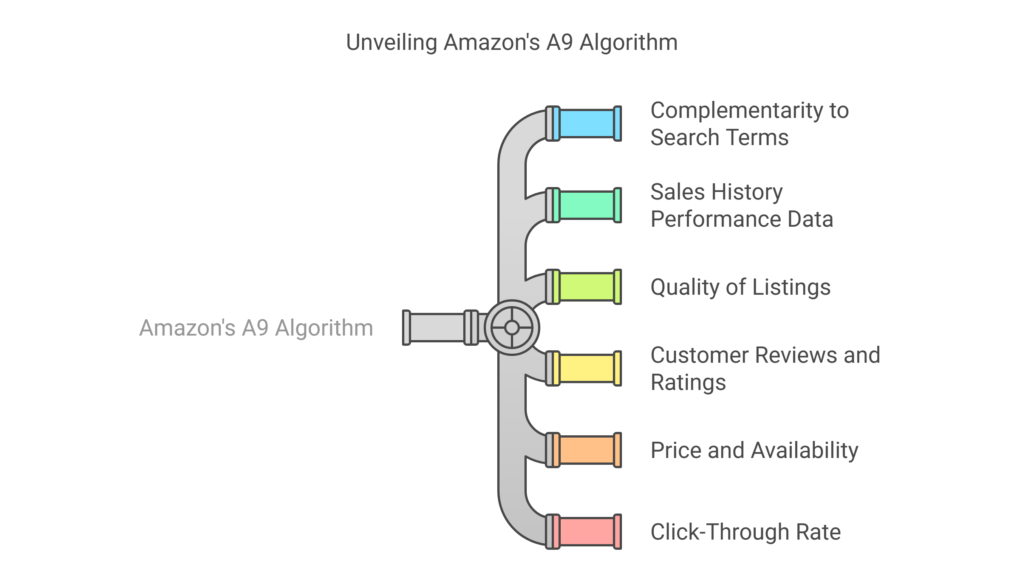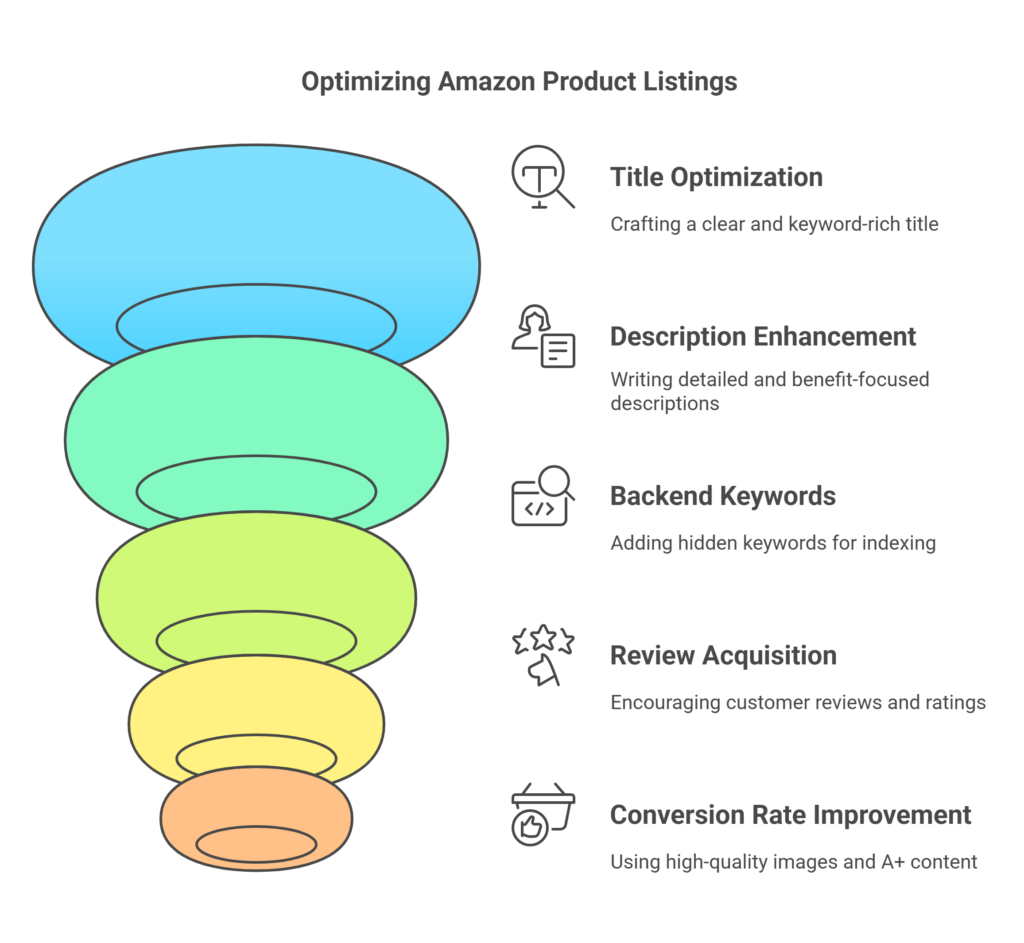The Impact of Amazon's Algorithm
Amazon is the largest e-commerce platform in the world, with millions and millions of products competing for the attention of customers every day. You might be an Amazon seller who would love his or her product noticed, but how do you rank higher in search results then get noticed by customers? The key is to understand how Amazon ranks, particularly its algorithm A9, and optimize those product listings so that they are on top of the search results.
In this blog, we are going to talk about how Amazon’s algorithm works and some actionable tips on how you can rank your products higher, increasing more sales and visibility.
Amazon's A9 Algorithm
This means Amazon A9 algorithm is the one that decides what products appear on a customer’s search results for an exact product. As opposed to content relevance and backlinks, like in traditional search engines such as Google, the algorithm is aimed at achieving a single objective: bringing the customer the most relevant and likely-to-convert product.
The following factors are used to rank products according to the A9 algorithm:
Complementarity to search terms: how well your product matches the search query of your customer
Sales history performance data or conversion rates
Quality of listings: How rich and highly descriptive is your product listing
Customer Reviews and Ratings: Feedback from previous customers, positive reviews, and ratings
Price and availability: Competitive price, and how ready it is to be in stock.
Click-Through Rate (CTR): The number of clicks your product gets when it comes up in the search
How To Rank Amazon Products
Now that we know how Amazon’s algorithm works, let’s dive into some actionable strategies you can implement to improve your product ranking.

Optimize Your Product Title
One of the most critical components in the search ranking in Amazon is your product title. A clear and descriptive title helps the algorithm understand your product and matches it with the customer’s search. Here are some tips on how to create an effective product title:
Include primary keywords that describe the product, such as “wireless earbuds.”
- Add relevant attributes such as size, color, and brand.
- Make sure your title is short and readable. Avoid keyword stuffing.
- It is important to use proper capitalization to make your title easy to scan.
Enhance Your Product Description and Bullet Points
Your product description and bullet points is another opportunity to optimize for relevant words, but this time while still ensuring the customer knows what they are buying. Write detailed, customer-focused descriptions that point out the key features and benefits of your product.
- Use bullet points to list out specific features, such as “waterproof,” “noise-cancelling.”
- Include long-tail keywords naturally in the description.
- Focus on the customer pain point and how your product solves it.
Backend Search Terms
Amazon allows adding backend search terms that customers do not see, but the algorithm uses for indexing. Make sure to fill up these hidden keywords correctly. Your product will pop up in relevant searches. Be smart by including alternative spellings, synonyms, and related terms.
More Reviews and Higher Rating
Customer reviews and ratings really play a big role in the ranking system at Amazon. In fact, it indicates that more reviews and ratings are likely to appear on the first page of your search results if they are above average.
You can ask the customers to write reviews by sending them follow-up emails or by preparing packaging inserts. Amazon’s Early Reviewer Program, Vine Voice Program-if applicable-can provide reviews from real individuals. Customer service is important: let people love your company.
Ensure improvement in conversion rate
Amazon wants to know how likely a customer is to buy your product after they look at it. A high conversion rate means Amazon thinks your product is in demand and relevant. To increase your conversion rate:
- Price competitively through researching your competition.
- Use high-quality images that take multiple angles of your product.
- Use A+ Content (formerly called Enhanced Brand Content) to improve the aesthetics and informational value of your listing.
Optimize Your Price
Price is going to be one of the most significant choice factors for the buyer. Competing products have a better percent conversion rate which allows your rankings to increase. Be NOTED and do not however use as the cheapest price that reflects quality and value provided.
Use the pricing automation tool given by Amazon. That is, adjust prices automatically regarding changing marketplace conditions.
Running promotions and special deals as a strategy of maximizing volume sales
Inventory Management
Amazon prefers sellers who have a good stock of products. If your product frequently goes out of stock, then it can have a negative effect on your rankings because it means to Amazon that your product is unreliable or unavailable. Ensure that your products are always in stock and ready for shipment.
Use Amazon’s Inventory Performance Index (IPI) to track your stock levels and sales performance.
When you run out of stock, utilize Amazon’s FBA to simplify inventory management.
Use Amazon Ads
Though organic ranks are essential, paid ads will always help you get discovered. You can unlock the potential of Sponsored Products, Sponsored Brands, and Sponsored Display Ads to increase the likelihood that your product will reach a potential customer in a very competitive category.
Start with keyword-based targeting for bringing traffic to your listings
Track performance on ads and optimize based on conversion

Conclusion
Winning the Amazon Ranking Game Ranking high on Amazon can’t just be about choosing the right keywords; it’s more about optimizing every single aspect of your product listing, offering great customer service, and managing inventory properly. The better you understand Amazon’s A9 algorithm and apply best practices, the higher you can rank in search results-and therefore increase sales.
Keep putting, track your performance, keep changing and optimizing your listings in line with the Amazon changes. The higher ranking you get, the closer you move towards winning the competition over Amazon marketplace.
